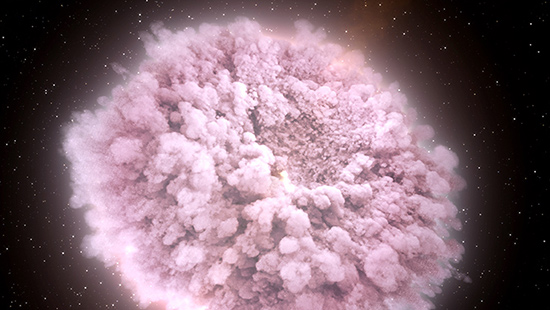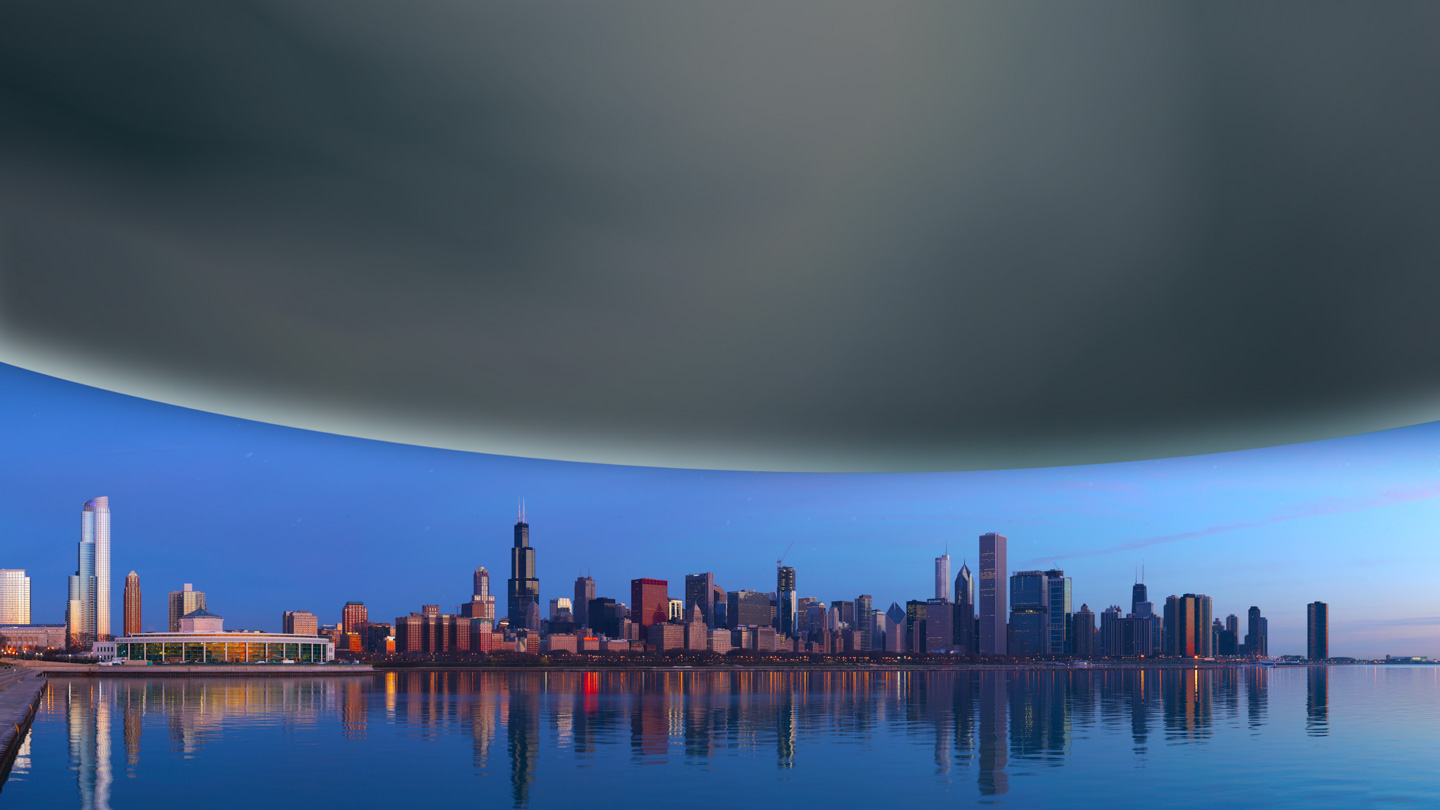When stars collide in space
When stars collide in space
In historic observation, astronomers detect colliding neutron stars for the first time
An international research collaboration, including four Northwestern University astronomers, is the first to detect the spectacular collision of two neutron stars in a nearby galaxy using both gravitational waves and light.
The discovery ushers in an exciting new era in astronomy less than two years after the first detection of gravitational waves opened a new window onto the universe. Gravitational waves were directly detected for the first time in 2015 by the Laser Interferometer Gravitational-Wave Observatory (LIGO), confirming Einstein’s theory of general relativity.
The discovery of colliding neutron stars was made by thousands of scientists and engineers Aug. 17 using the U.S.-based LIGO; the Europe-based Virgo gravitational wave detector; and some 70 observatories, including NASA’s Hubble Space Telescope. Read more in full story.
Historic Discovery
Learn from Northwestern teams
Northwestern faculty, students and postdocs in the Center for Interdisciplinary Exploration and Research in Astrophysics (CIERA) have been working on the discovery from both the gravitational waves and electromagnetic sides of this worldwide campaign.
> Explore Northwestern's involvement in the discovery
Audio
Listen as Northwestern scientists Vicky Kalogera, Shane Larson, Raffaella Margutti and Wen-fai Fong explain this historic discovery, why such a breakthrough demands global collaboration and how it has changed the field of astronomy forever.
How Big Is a Neutron Star?
Hint: Look at the Chicago skyline
• Neutron stars are incredibly dense, squeezing more than the mass of the Sun into a sphere the size of a city.
• Gravity on a neutron star is about 190 billion times stronger than gravity on Earth.
• At about 12 miles, the diameter of a neutron star would look massive over the Chicago skyline.
The NASA View
Two neutron stars dance
This NASA animation captures phenomena observed over the course of nine days following the neutron star merger. The stars' spiral death dance 130 million light years from Earth ended with an extremely violent and bright collision powerful enough to forge gold, platinum and lead.
Media Coverage
Timeline
Published: October 16, 2017. Updated: May 22, 2018.
Back to top


